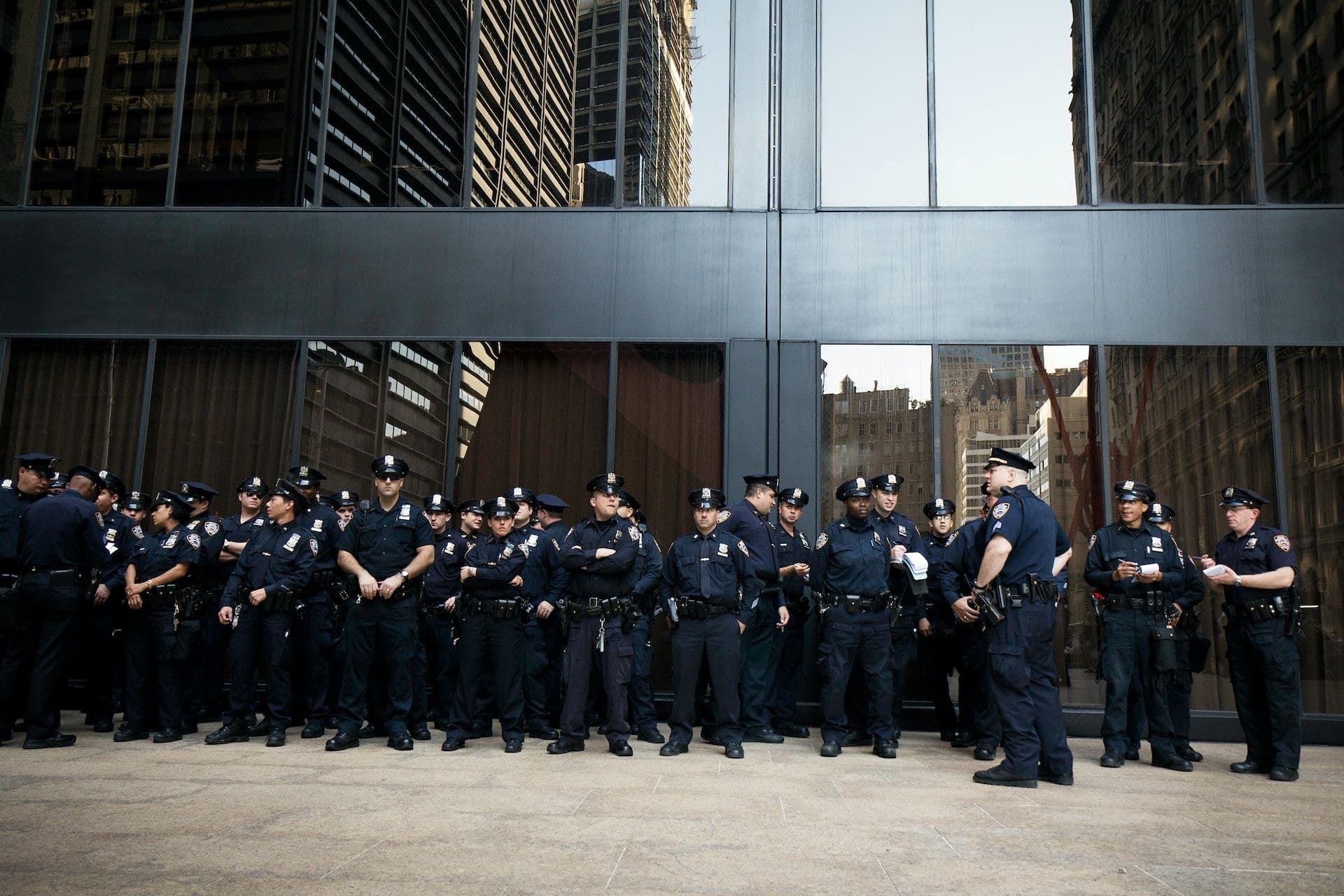Knock-and-Announce: Is It a True Protection?

Knock-and-Announce Not a True Protection Against Deadly Police Raids
Taylor’s death sent shock waves through the community and brought to light the dangers posed by the service of no-knock warrants and the questionable tactics employed by police officers during the course of a raid.
Data suggest that there are over 10,000 raids executed by law enforcement per year, the majority of which are used to search for drugs. (As an interesting aside, Taylor’s home was raided one year prior to her death while it was occupied by another couple. In that situation, the couple were held at gun point by police based upon the smell of marijuana emanating from the home.) Yet, this was not the original intent of police raids. Initially, raids were employed to confront life and death situations, such as active shooters or hostage situations. However, according to an ACLU study, only 7% of raids are related to hostage situations, barricaded gunmen, or active shooters. That same study found 80% of the searches to be drug related. (“War Comes Home, The Excessive Militarization of American Policing” — 2014). A New York Times investigation conducted from 2010–2016 revealed that 81 civilians (and 13 police officers) were killed during these drug raids. Scores of others were maimed and seriously injured. (Sack, Kevin) “Door-Busting Drug Raids Leave Trail of Blood,” New York Times, March 18, 2017.) Such are the unintended yet, very real consequences, of the practice.
Of grave concern to civil liberties activists, research suggests that minority neighborhoods are targeted disproportionally higher than those that are predominantly white, statistically placing Black and Latino communities at greater risk of being seriously injured or killed in police search operations. Even more alarming is the ease at which police officers are able to obtain search warrants. All too often, warrants are based on information gained from confidential informants in an exchange for leniency or sentence reductions. Unfortunately, the evidentiary bar in these cases is quite low. An officer merely must show “probable cause” that a crime may have been committed to search a house and seize persons or property. [See MCL 780.651]
While there are some states that do not permit “no-knock” entry, the U.S. Supreme Court has drawn such a fine line between announcement and entry that the protection is virtually non-existent. In the case of United States v Banks, 540 US 31 (2003), the Court held that officers need wait no more than “20 seconds” before breaking into a drug suspect’s property, declaring that to allow for a greater time period would permit the suspect opportunity to dispose of the drugs. Of course, pundits suggest that this begs the question as to why we are allowing police officers to break into a home where the quantity of drugs they are searching for may be disposed within seconds.
Michigan remains one of the few unique states requiring officers to announce their presence before entry. Unfortunately, the law offers little protection — or recourse — against aggressive raid tactics, injury, or property damage. Under the Michigan statute, once officers meet the de minimis prerequisite, they are authorized to “break any outer door or window out of a house or building and anything therein in order to effectuate the warrant…” [See MCL 780.656] Arguably, under this statute officers have carte blanche to ransack a home, create chaos and frighten innocent women and children with impunity. Moreover, there are no consequences for a botched raid. In Hudson v Michigan, 547 U.S. 586 (2006) the Supreme Court held that the “social costs of applying the exclusionary rule to knock-and-announce violations would be considerable;” that the exclusionary rule was inapplicable, and suppression of the evidence was not warranted. Id @ 599-602. In addition to paying no evidentiary penalty for violating the rule, officers face sparse civil liability due to the protections afforded under the doctrine of qualified immunity.
Like many endemic societal crises, Breonna Taylor’s death should sound the alarm for criminal justice reform and serve as a reminder of how Paleolithic police tactics disparately impact minority communities. ————— A. Vince Colella is a co-founder of personal injury and civil rights law firm Moss & Colella.
client review
I was referred to Moss & Colella in 2018 following a car accident. I cannot tell you how confident and safe I felt knowing that I was in good hands. David, and Ryan made sure that I always had any questions or concerns addressed in a timely manner. I appreciated their compassion, and understanding as I got emotional, and the reassurance they provided, made me feel important and valued as a client. If you need a great lawyer for an injury, this is your firm! I hope I never need to be in a position where I’d need their help again, but if I did, I’d gladly seek their services!
Michigan Personal Injury Lawyers
Moss & Colella was established in 1997 to offer personal attention to clients. The firm is recognized as a leader in personal injury litigation and will always have an attorney ready to help win your case.

